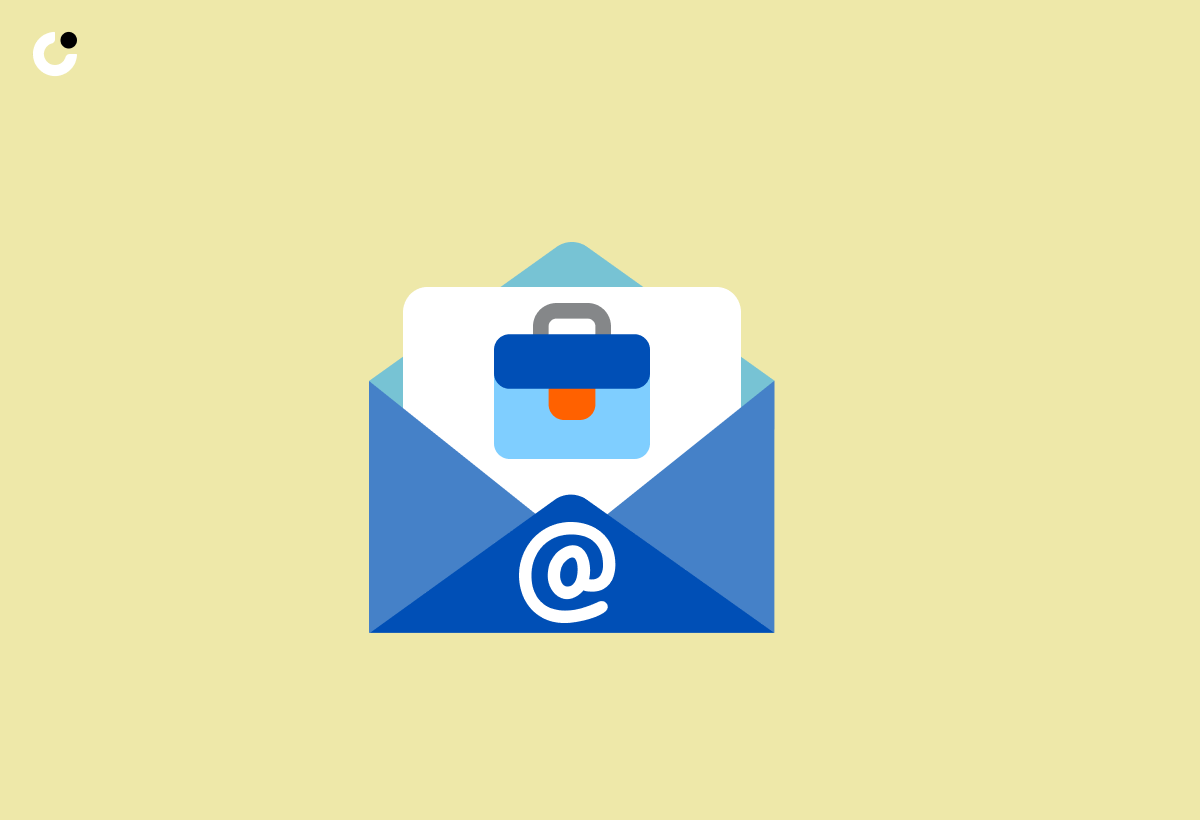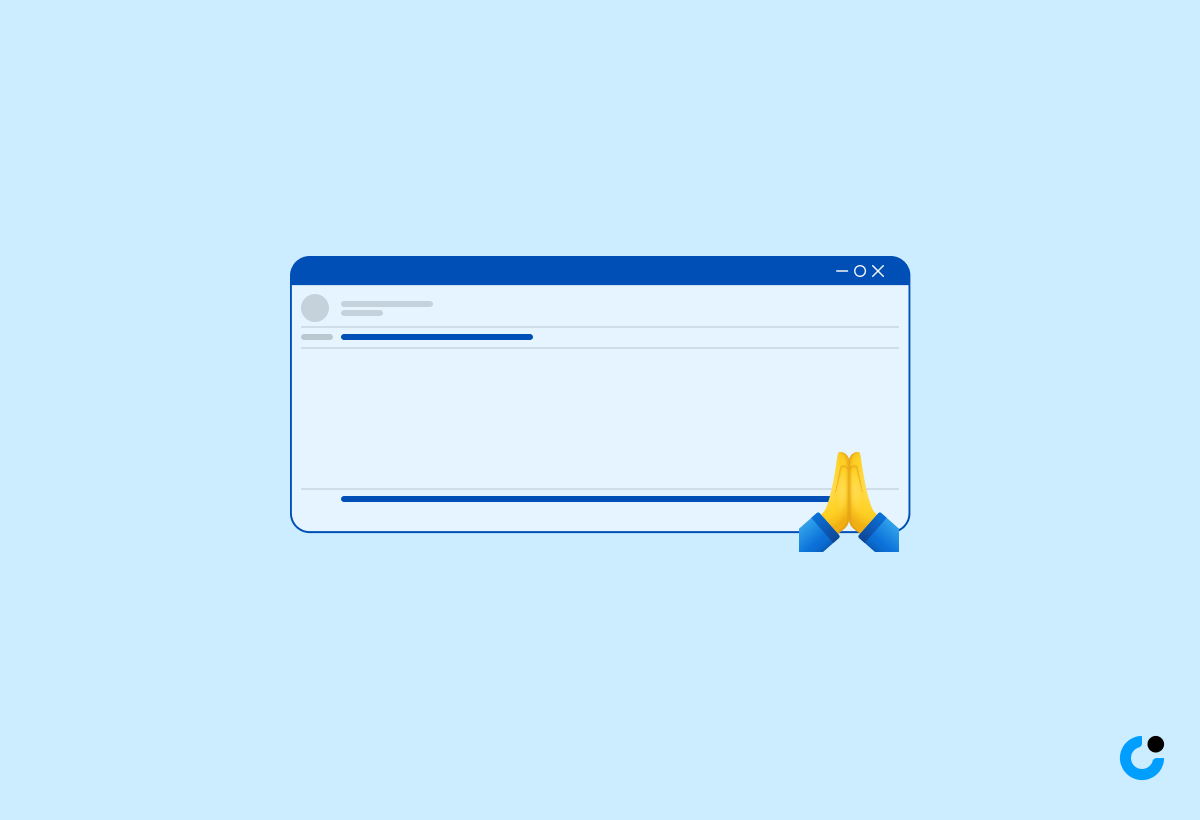We've all been there - hitting send on an email only to realize there was a major mistake or confusion in the message. It can be a cringe-worthy moment, but fear not! In this article, we'll discuss the best strategies for apologizing for errors in emails. Whether it's a miscommunication, a typo, or a misunderstanding, we'll cover how to address the issue professionally and effectively.
So, if you've ever found yourself in an email blunder, keep reading for some helpful tips on clearing the air.
Key Takeaways:
Apologizing for confusion in an email shows professionalism and empathy.
Admitting to your mistake and taking responsibility helps build trust and improve communication.
Providing clear and concise explanations and offering a solution can help resolve confusion and prevent future misunderstandings.
Error Handling in Apology Emails

Effective error handling in apology emails is crucial for maintaining brand perception and customer relationships.
When a mistake arises, promptly crafting a sincere apology can demonstrate transparency and accountability, fostering trust and loyalty among customers. By acknowledging errors and providing solutions, businesses show their commitment to customer satisfaction. For instance, a retail company that swiftly responds to a shipping delay with a personalized apology not only rectifies the issue but also showcases their dedication to customer care. These actions can significantly impact how customers perceive the brand, leading to increased loyalty and positive word-of-mouth marketing.
Transparency in Apology Messages

Transparency is a key element in crafting effective apology messages, especially in cases involving offensive language or data privacy breaches.
Soliciting feedback from customers can provide valuable insights on the impact of the situation, allowing businesses to address concerns more effectively. By openly acknowledging mistakes and taking full responsibility, companies can demonstrate their commitment to rectifying errors and preventing future occurrences. Being transparent helps in fostering a culture of accountability and trust within the organization, which is crucial for maintaining positive relationships with stakeholders.
Structure of a Professional Apology Email

The structure of a professional apology email should include a clear explanation of the mistake, along with a genuine apology. Offering a discount code or incentive can also demonstrate a commitment to making amends.
Clarity in communication is essential to ensure the recipient understands what went wrong, taking responsibility for any errors or oversights. This demonstrates a level of accountability that is crucial in regaining trust and credibility. Expressing empathy towards the affected party can humanize the apology, showing that their feelings are acknowledged and respected.
By including a special offer or discount code in the apology email, companies can go beyond mere words to actively show their sincerity. For instance, offering a 20% discount on the next purchase can not only help in appeasing the customer but also encourage them to continue engaging with the brand despite the mishap.
Frequently Asked Questions
What should I do if I realize my email caused confusion?
If you realize that your email has caused confusion, the best course of action is to apologize and clarify any misunderstandings. This will help to clear the air and avoid any further confusion.
How can I apologize for confusion in an email?
When apologizing for confusion in an email, it's important to acknowledge the confusion and take responsibility for it. You should also provide a clear explanation and offer to answer any questions or concerns.
Should I apologize even if I don't think I did anything wrong?
Yes, it's still important to apologize for confusion in an email even if you don't think you did anything wrong. This shows that you value clear communication and are willing to take responsibility for any misunderstandings.
What if the confusion was caused by a miscommunication on the recipient's end?
In this situation, it's still important to apologize for any confusion that may have arisen due to the miscommunication. You can clarify any misunderstandings and offer to work together to find a resolution.
Is it necessary to apologize for every instance of confusion in an email?
It's not necessary to apologize for every instance of confusion in an email, but it's important to address it if it has caused significant misunderstandings or if it could have negative consequences.
How can I prevent confusion in future emails?
To prevent confusion in future emails, make sure to clearly communicate your thoughts and intentions. Use concise language and provide context when necessary. You can also ask for clarification or feedback from the recipient to ensure they understand your message.

